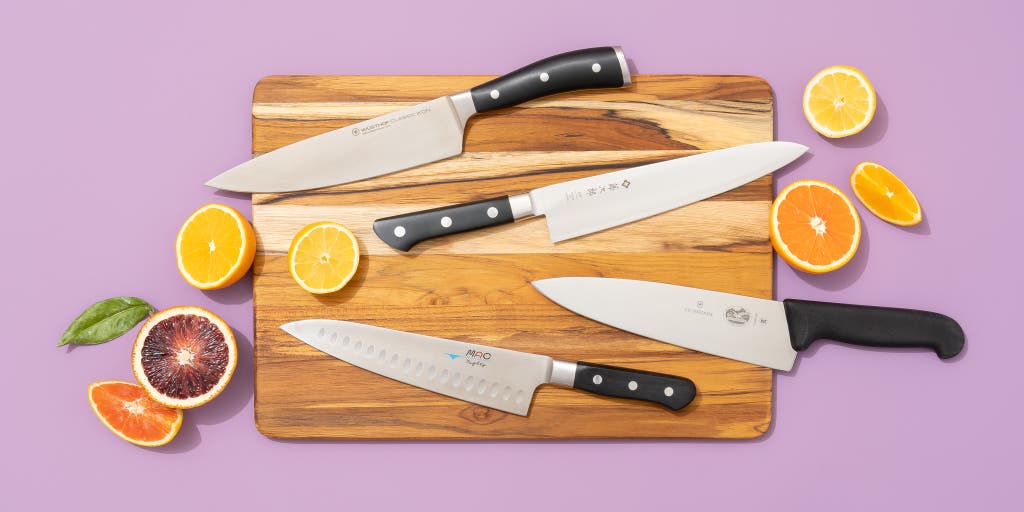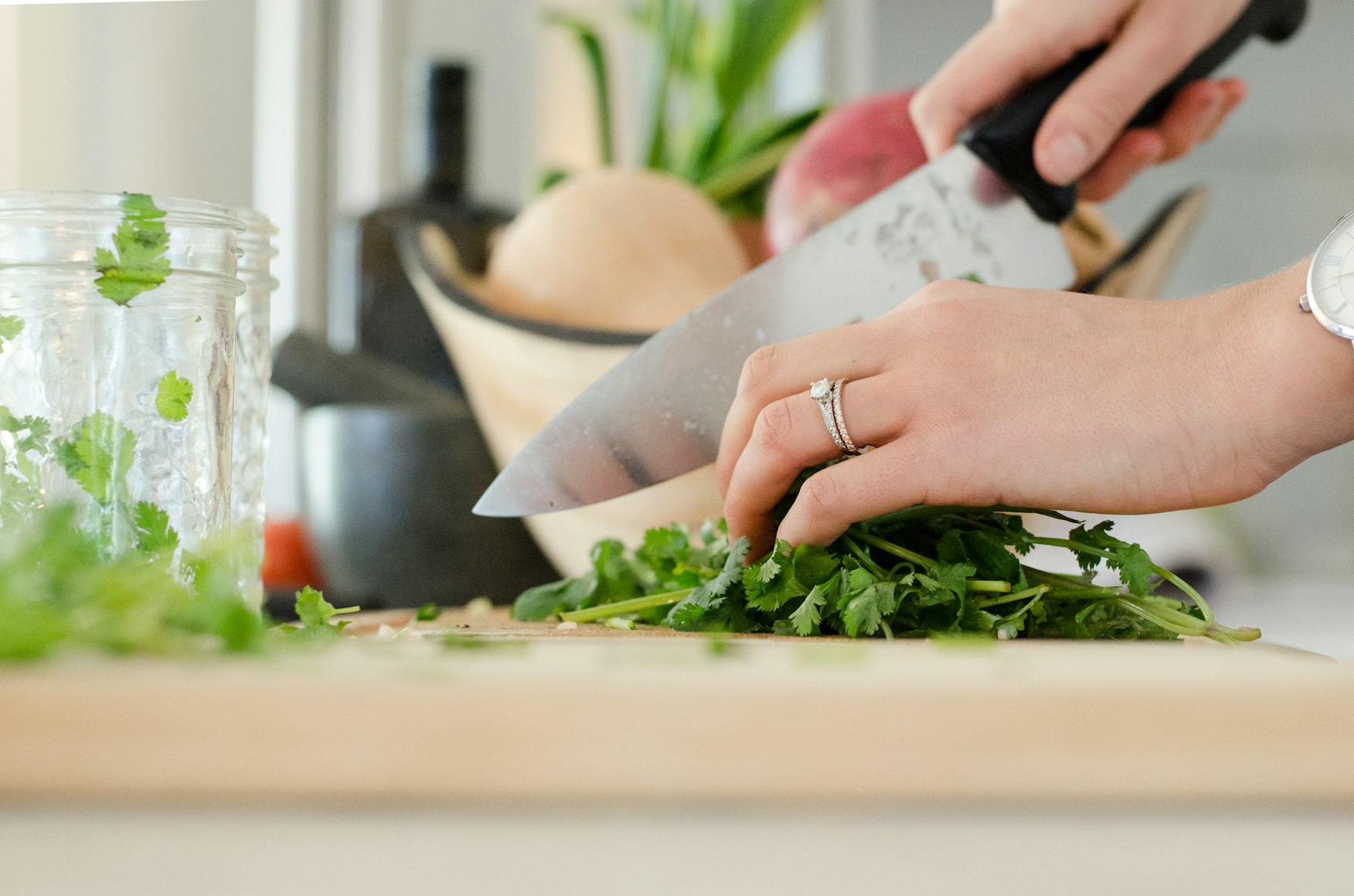Is a chef knife good for cutting meat? This might be a question you’ve pondered if you enjoy cooking or are just starting to experiment in the kitchen. A chef knife is one of the most versatile tools in a cook’s arsenal, but is it really suitable for meat? Let’s delve deep into this topic and find out more.

Understanding the Chef Knife
A chef knife, also known as a cook’s knife, is a robust tool designed for many kitchen tasks. It typically has a broad blade that curves upward to form a tip. This adaptability allows it to excel in a variety of tasks, from chopping vegetables to slicing meat.

The Anatomy of a Chef Knife
Before determining if a chef knife is good for cutting meat, it’s crucial to understand its structure. Chef knives generally have a blade length ranging from 8 to 12 inches. The blade itself is sharpened to a fine edge, allowing effortless slicing and dicing.
Blade Material
The material of the blade can significantly impact its performance. Most chef knives are made from stainless steel, carbon steel, or a hybrid. Each material has its own set of advantages and disadvantages.
Handle Design
The handle of a chef knife is as important as the blade. It must offer a comfortable grip to ensure precision and control. Handles made of wood, plastic, or resin can provide different levels of comfort and durability.

Why Use a Chef Knife for Cutting Meat?
So, is a chef knife good for cutting meat? The answer is a resounding yes. Here are some of the reasons why:
Versatility
A chef knife’s design makes it versatile enough to handle various cutting tasks, including meat. Its sharp edge ensures that you can make clean cuts, reducing the amount of effort needed and making the task quicker.
Control and Precision
The design of a chef knife offers excellent control and precision. When cutting meat, precise cuts can make a significant difference. Whether you’re slicing chicken breast or trimming fat from a steak, the sharp, fine edge of a chef knife ensures precision.
Durability
Chef knives are built to last. High-quality chef knives can withstand the demands of regularly cutting meat without losing their sharpness quickly. This durability makes them a valuable tool in any kitchen.

Best Practices for Using a Chef Knife to Cut Meat
Although a chef knife is excellent for cutting meat, there are certain best practices to follow to ensure safety and efficiency:
Choose the Right Knife
While a chef knife is versatile, it’s essential to use the appropriate knife for different tasks. For instance, a cleaver might be better for chopping through bone, while a chef knife is perfect for slicing muscle. For more information on knife selection, visit what is a chef knife used for.
Keep Your Knife Sharp
A dull knife can be dangerous and inefficient. Regularly sharpening your chef knife ensures it performs well and minimizes the risk of accidents. To learn how to keep your kitchen knives sharp, explore these five tips.
Use the Right Technique
Using the correct cutting technique can enhance your efficiency and safety. Hold the knife firmly and use smooth, deliberate motions. If you’re unsure how to hold a chef knife, check out this guide on how to hold a chef knife.
Types of Cuts You Can Achieve with a Chef Knife
A chef knife is capable of achieving various types of cuts on meat:
Slicing
Slicing meat with a chef knife ensures clean, even cuts. This technique is particularly useful for steaks and roasts.
Chopping
Chopping meat into chunks for stews or stir-fries can be easily accomplished with the broad blade of a chef knife.
Dicing
Dicing is another task a chef knife can perform well. This technique is helpful for preparing ground meat or finely chopped meat for a variety of dishes.
Common Mistakes to Avoid
While a chef knife is a superb tool, there are common mistakes to avoid:
Using a Dull Knife
A dull knife not only makes cutting harder but also increases the risk of injury. Ensure you sharpen your knife regularly.
Improper Storage
Storing your knife improperly can damage the blade and dull the edge. Consider using a knife block or magnetic strip for storage.
How to Maintain Your Chef Knife
Maintaining your chef knife involves regular cleaning, sharpening, and correct storage:
Regular Sharpening
Sharpen your knife regularly using a whetstone or a knife sharpener. A well-maintained edge will keep your cuts clean and precise. Have a look at this detailed guide on safety precautions when sharpening.
Correct Cleaning
Clean your knife immediately after use with warm water and mild soap. Avoid soaking it in water for long periods as this can damage the blade and handle.
Proper Storage
Store your knife in a way that keeps the blade protected, such as a knife block or a magnetic strip. Avoid throwing it into a drawer where it can get damaged or cause injuries.
Alternatives to a Chef Knife for Cutting Meat
While a chef knife is excellent for cutting meat, there are other alternatives:
Boning Knife
A boning knife is specifically designed for removing bones from meat, making it a valuable addition to your kitchen toolkit.
Cleaver
A cleaver is a heavy-duty knife that can chop through bones and large cuts of meat with ease.
Serrated Knife
A serrated knife is useful for slicing through tough or crusty surfaces on meats, such as a roast with a crispy exterior.
Choosing the Best Chef Knife for Cutting Meat
When choosing a chef knife, consider the following:
Blade Material
As previously discussed, the material of the blade can affect performance. Stainless steel is durable and resistant to corrosion, while carbon steel offers a sharper edge but requires more maintenance.
Handle Comfort
Ensure the handle is comfortable and offers a secure grip. This will enhance your precision and reduce the risk of accidents.
Frequently Asked Questions
What is the best way to sharpen my chef knife?
Using a whetstone is highly recommended for sharpening your chef knife. For more detailed instructions, visit this guide on how to sharpen a kitchen knife.
Can a chef knife cut through bone?
While a chef knife can handle muscle and tendons, it is not ideal for cutting through bones. A cleaver or boning knife would be more appropriate for such tasks.
How often should I sharpen my chef knife?
It’s best to sharpen your chef knife every few months, depending on how frequently you use it. Regular honing can also help maintain the edge.
As an Amazon Associate, I earn from qualifying purchases.
As an Amazon Associate, I earn from qualifying purchases.


